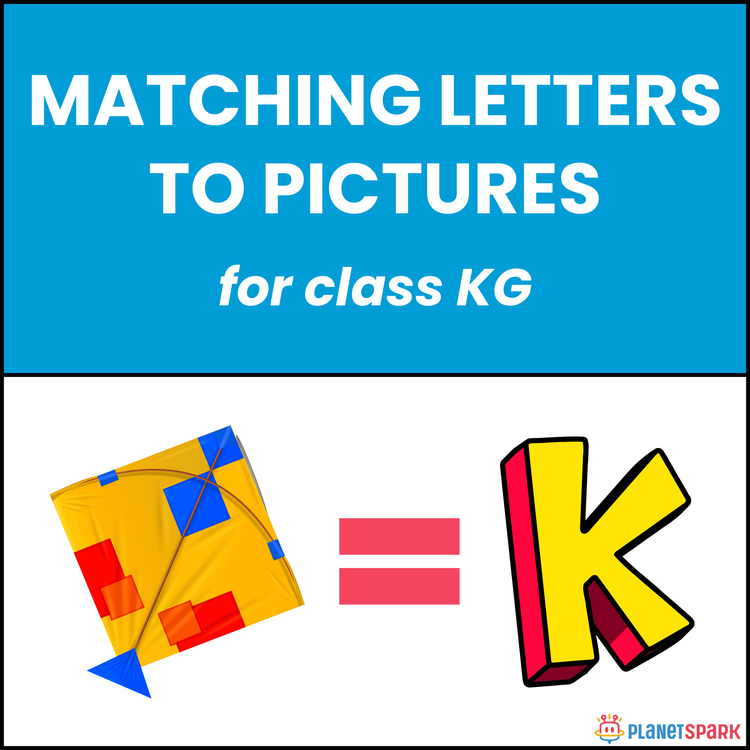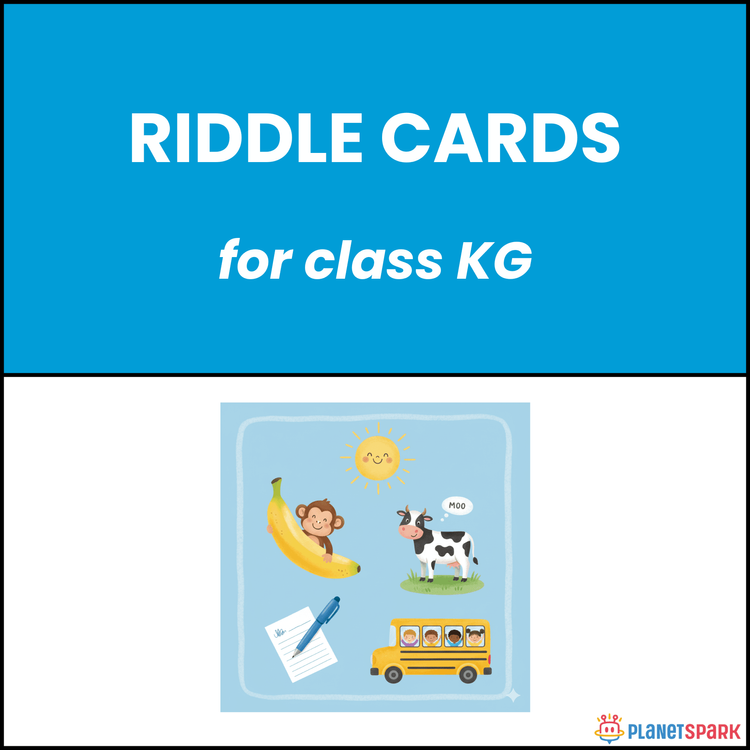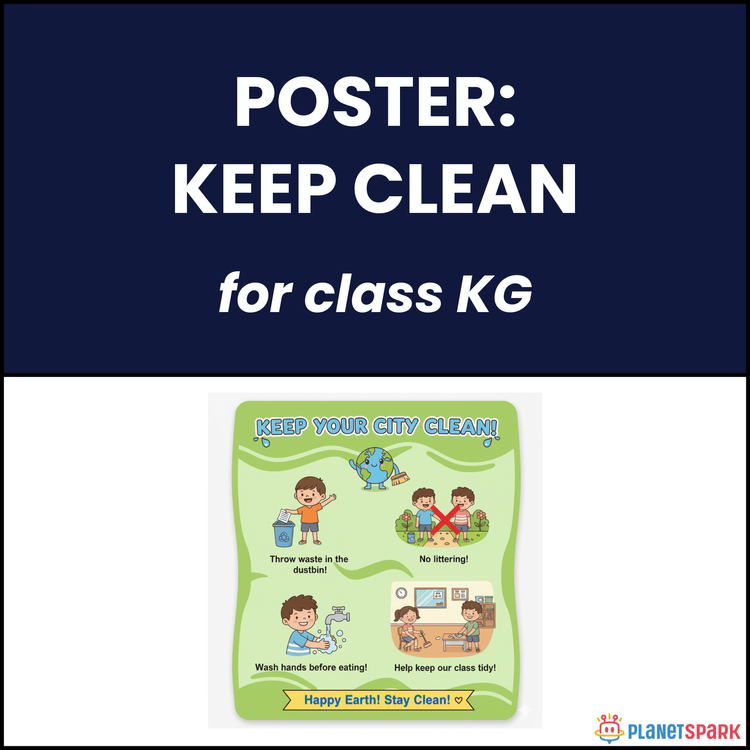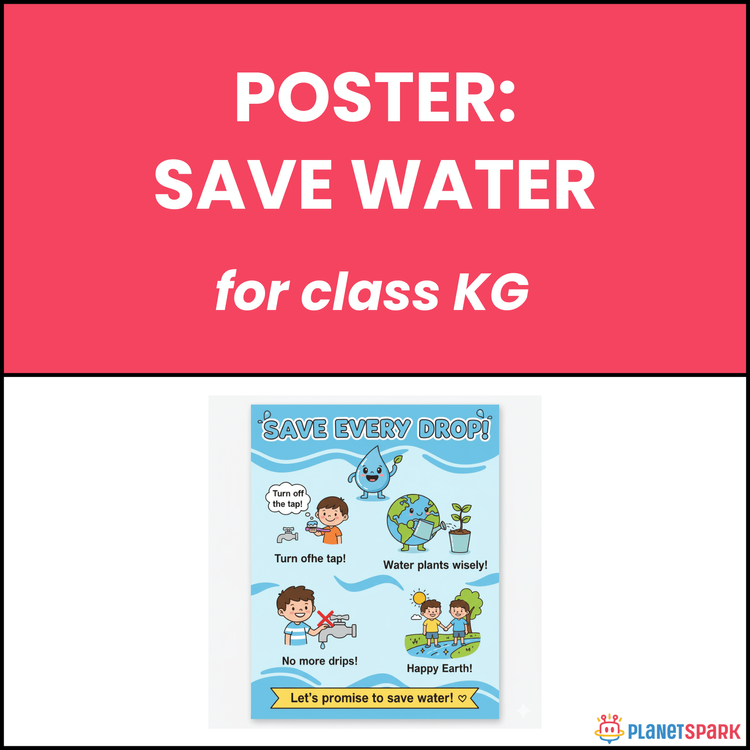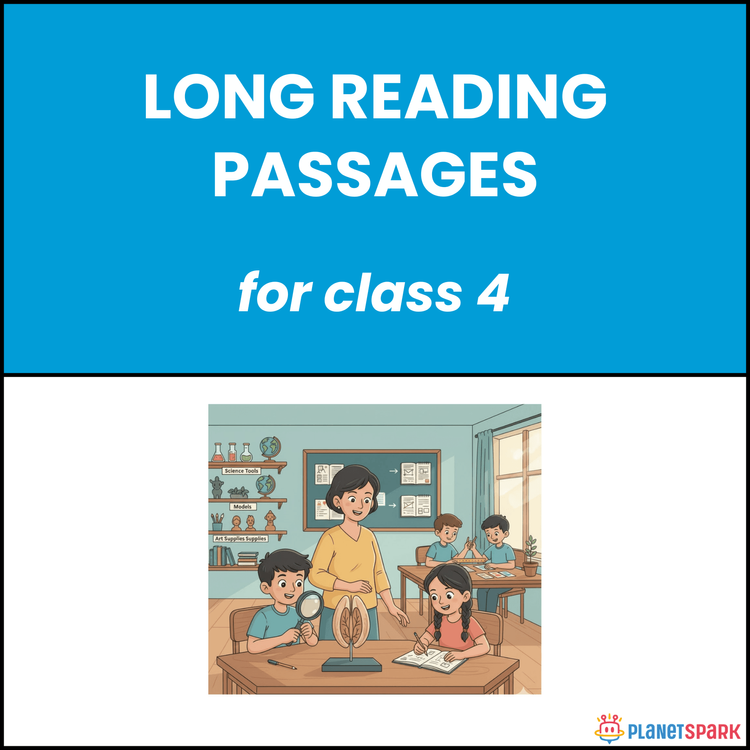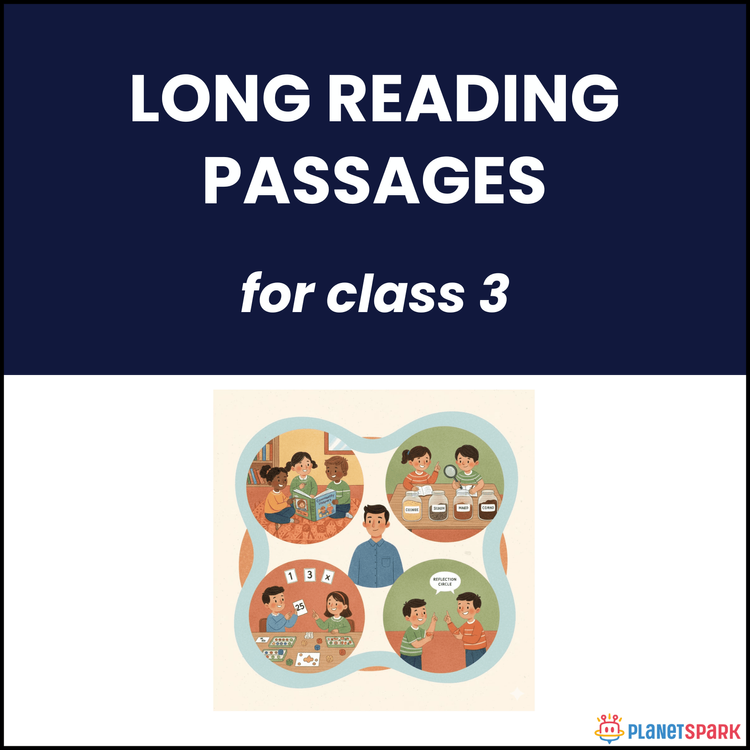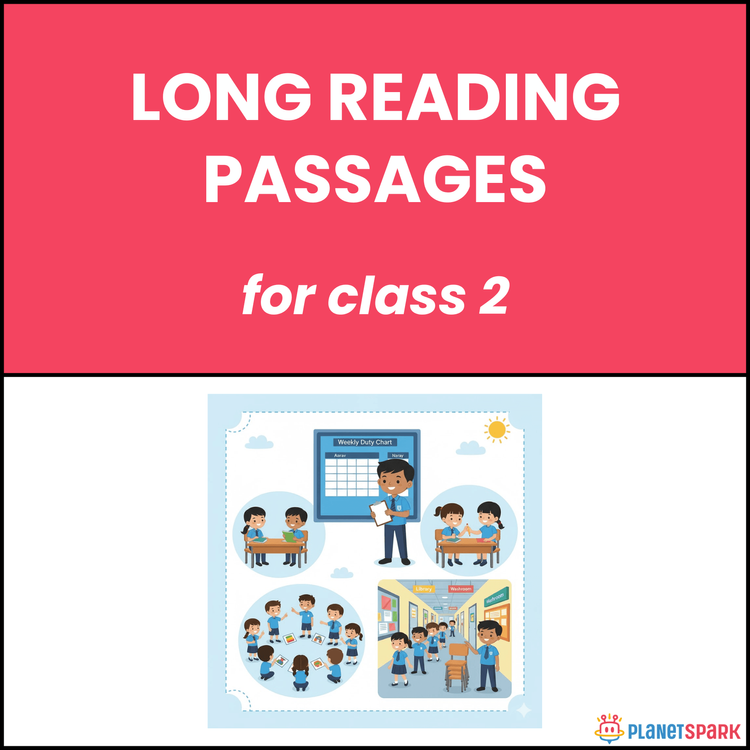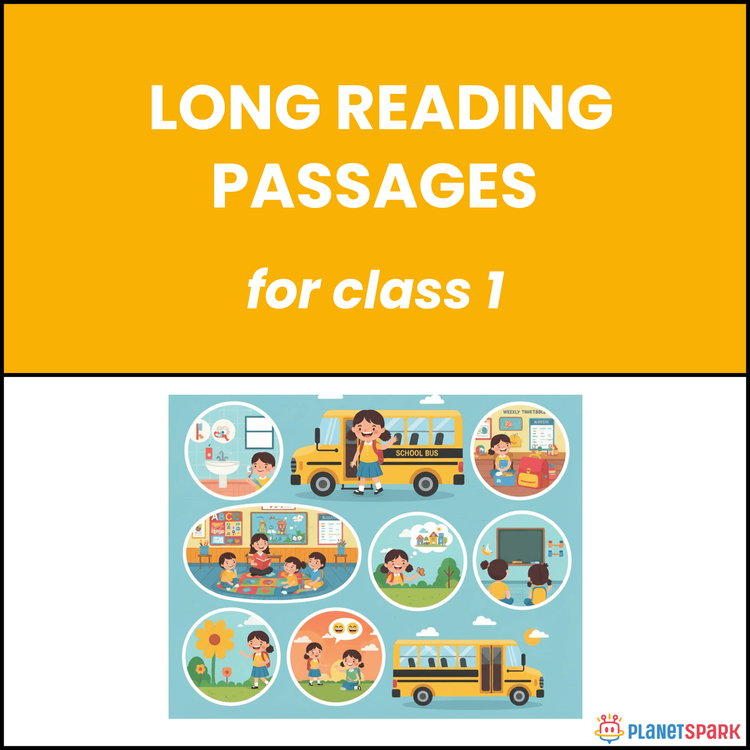Class KG Weather Chart Activity
KGEnglishEnglish GrammarFree DownloadPDF
Sejal JainVisit Profile
An English educator with 10+ years of experience, I hold a Master’s in English Literature and a TESOL certification. My diverse professional background allows me to bring fresh perspective, strong communication, and thoughtful intention to every aspect of my work in education.
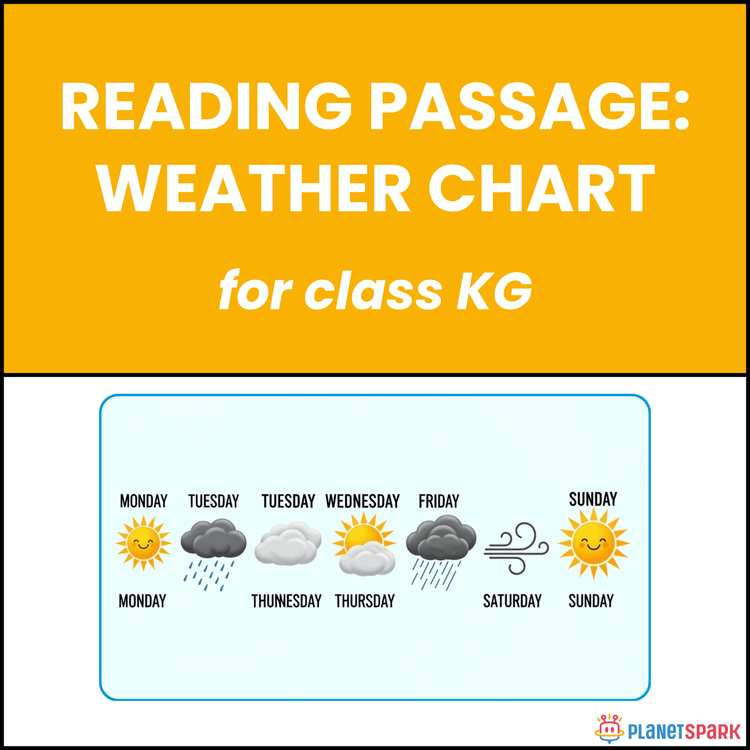

Class KG Weather Chart Activity
KGEnglishEnglish GrammarFree DownloadPDF
Sejal JainVisit Profile
An English educator with 10+ years of experience, I hold a Master’s in English Literature and a TESOL certification. My diverse professional background allows me to bring fresh perspective, strong communication, and thoughtful intention to every aspect of my work in education.
Sunny Days Ahead: Reading Passage “Weather Chart” for Class KG
This Kindergarten worksheet introduces a simple weather chart passage that helps children observe and understand different weather conditions across the week. The passage describes each day’s weather — sunny Monday, rainy Tuesday, cloudy Wednesday, windy Saturday, and bright Sunday — helping little learners notice daily changes in the sky and use weather-related words confidently.
Why Reading Passages Matter in Grammar?
Reading passages help children:
1. Recognize and name common weather types like sunny, cloudy, rainy, and windy.
2. Understand patterns and sequencing in short factual texts.
3. Build vocabulary around nature and observation.
4. Strengthen comprehension through real-world connections.
What’s Inside This Worksheet?
This worksheet includes one weather-themed passage and 10 picture-based multiple-choice comprehension questions:
🧠 Reading Passage
A weekly weather chart that describes the changing sky from Monday to Sunday, encouraging children to observe and compare weather types.
✏️ Exercise – Multiple Choice Questions
Students answer questions about what the weather was on different days and what the chart helps us understand.
✅ Answer Key (For Parents & Educators)
1. C
2. A
3. D
4. B
5. A
6. C
7. D
8. A
9. B
10. C
Make reading a daily forecast of fun! This KG weather chart worksheet helps children talk about the sky, seasons, and change — one sunny smile at a time.
Frequently Asked Questions
It builds observation skills and links them to English vocabulary.
Recording, describing, and daily language practice.
They combine real-world awareness with English sentence practice.
